Good workers respect the challenge they face. They do this whether they are tackling a routine task, turning around a company or climbing a mountain.
Some people do not respect a challenge and ‘fall off the mountain’. One leader explained how they fell into this trap.
Several years ago I learned a severe lesson. It came off the back of achieving a success, but then I went into another role and messed it up badly
During the previous five years I had built and sold a business. The work was challenging, but my colleagues and I enjoyed working towards a common purpose.
Three months after selling the company I was much richer, but there was something missing. I needed to restart working. So I took on a senior role with another business.
I felt the new role would be relatively simple, but that was my undoing. The role was ‘not as advertised’.
The work did not provide a sense of purpose and I began making sloppy mistakes. Eventually the business and I decided to go separate ways.
This taught me a valuable lesson. Nowadays I do my due diligence and make sure I am motivated to achieve the goal.
Looking at your own life and work, can you recall a time when you respected a challenge? What did you do right then to do your research, do good work and deliver the required results?
If you wish, try tackling the exercise on this theme. We will then explore some of the topics people may cover when respecting a challenge.
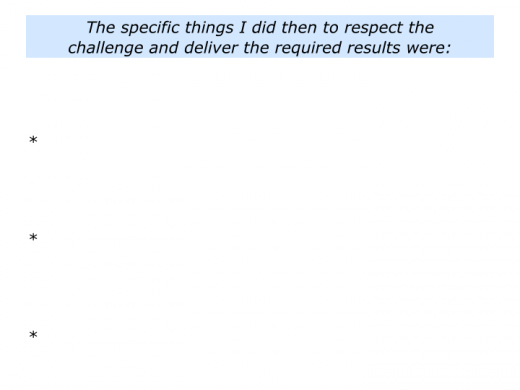
Researching
A Challenge
People perform many routine tasks each day as a matter of course. They get used to driving a car, solving problems at work and dealing with other issues.
They may get into trouble, however, if they fail to concentrate or do not prepare properly. The same rule applies when setting out to tackle a bigger challenge.
Imagine that you have been offered the opportunity to tackle a particular project. You may have the chance to launch a new business, take over a failing team, lead a customer service initiative across a company or whatever.
Your interest is piqued, but you are not sure about tackling the challenge. You want to do satisfying work and have a reasonable chance of success. This calls for doing a reality check before committing yourself to the challenge. So your first task will be to gather information.
There are many ways to do such due diligence. One way is to ask questions on the themes of What? Why? How? Who? When? These can be used for researching any potential project.
What?
What are the stated goals of the project? What are the real results to achieve? What will be happening that will show we have reached the goals? What is the picture of success?
What is actually happening now? What is the state of play? If the project is already going: a) What is going well; b) What can be done better and how? What are the successful and unsuccessful patterns?
What are the key challenges I will face? What are the resources I will need to tackle these challenges, do superb work and reach the goals?
Why?
Why do people want to do the project and deliver success? What will be the benefits of achieving the goals? What will be the specific benefits for the various stakeholders – such as the company, customers, colleagues, community and other groups?
What will be the pluses and minuses that I and other people may encounter on the road towards achieving the goals? How can I build on the pluses and minimise the minuses? Looking at the pluses and minuses involved, am I prepared to accept the whole package?
How?
How can I do my best to reach the goals? What are the three key strategies I can follow that will provide the greatest chance of success?
What are the things I can control on the project? What are the things I can’t control? How can I build on what I can control and manage what I can’t?
What are the potential difficulties I may meet along the road? How can I anticipate and prevent these difficulties happening? How can I manage the difficulties if they do happen?
What are the things I can and can’t expect from the culture – the organisation or company – in which I will be working? How can I make sure that I go in with my eyes open? What could I do to thrive, rather than just survive, when working in or alongside the culture?
What will be the support required? How can I use my own and other people’s strengths to reach the goals? How can I get some early successes? What else can I do to increase the chances of success?
Who?
Who are the key stakeholders – the people I must satisfy? What is their picture of success? What is their mental model about how they believe people should work in order to achieve success? What do I believe are the overall Dos and Don’ts they ask people to follow?
Bearing these things in mind, will I feel okay working with these people? How can I keep them proactively informed about the progress towards achieving the goals? How can I create enough space to make sure I can get on with the job?
Who are the people I may need on a team? What are the qualities – the spirit, strengths and skills – they will need to demonstrate?
Looking at the people already in the team, it can be worth exploring the following questions.
Which of the people already have these qualities? Which people may have the qualities? Which people probably don’t have the qualities?
Bearing these things in mind, what are the decisions I may need to take about people? How can I do this in a moral way? How can I employ the right people in the right places in the team?
What are the specific results that people in each of the roles will need to deliver? How can I make clear contracts with them about their contributions towards achieving the goals? How can I make sure that people are given the support required to do the job?
When?
What are the specific results that must be delivered and by when? What are the key milestones? What are the short, medium and long-term goals? How can I get some early successes?
How can I continue to ensure that the project is on track and people deliver the goods? How can I continue to get reality checks about: a) What is working; b) What can be better and how? How can I encourage people on the journey?
How can I do everything possible to reach the goals? How can I ensure that people do the basics and, when appropriate, add that brilliance? What else can I do to deliver the picture of success?
Imagine that you are considering tackling a particular project. How would you rate the chances of success? What can you do to increase the rating.
If you wish, try tackling the exercise on this theme. This invites you to do the following things.
Describe a potential project that you may do in the future.
Describe what you believe to be the chances of success. Rate this on a scale 0 – 10.
Describe the specific things that you believe can be done to increase the chances of success.
Clarifying Whether You
Want To Tackle The Challenge
Imagine that you are considering tackling a particular project. What are the resources you will need to achieve success? How can you get these resources? How can you make sure the project is set up to succeed?
Imagine that you get this support. Looking at the project, is it one that you can completely respect? Is it one where you can be positively engaged, rather than partly engaged or pretend engaged?
On a scale 0 – 10, how motivated do you feel to tackle the project? What could be done to increase your motivation? Bearing this in mind, do you really want to tackle the project? If you wish, try tackling the following exercise on this theme.
Respecting The Challenge And
Delivering The Required Results
Great workers show reverence towards their chosen task. They often have a ritual for re-centering and focusing on the task in hand. They then keep doing the right things in the right way to get the required results.
The chef may aim to create remarkable food. The architect may aim to build a beautiful building. The educator may aim to provide students with tools they can use to shape their future lives.
Great workers aim to serve and do their best for the work. In their own ways, they often demonstrate the elements described by Robert Greenleaf, author of Servant Leadership. He said:
The servant-leader is servant first.
It begins with the natural feeling that one wants to serve, to serve first. Then conscious choice brings one to aspire to lead.
That person is sharply different from one who is leader first, perhaps because of the need to assuage an unusual power drive or to acquire material possessions.
The leader-first and the servant-first are two extreme types. Between them there are shadings and blends that are part of the infinite variety of human nature.
Whatever challenge you tackle, the aim will be to respect the work and do what is required to deliver success. Such an approach can enable you and other people to reach the summit, rather than ‘fall off the mountain’.
If you wish, try tackling the exercise on this theme. Bearing in mind the specific project you may want to tackle, this invites you to do the following things.
Describe the specific things you can do to continue to show respect towards the challenge.
Describe the specific things you can do to keep doing the right things in the right way to deliver the required results.
Describe the specific benefits of delivering the results – both for yourself and for other people.



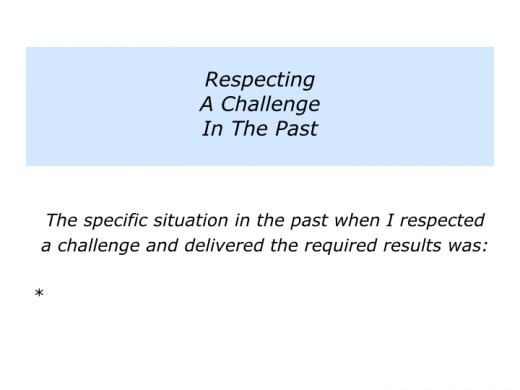
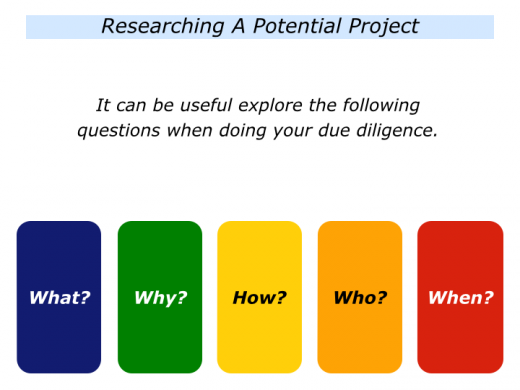
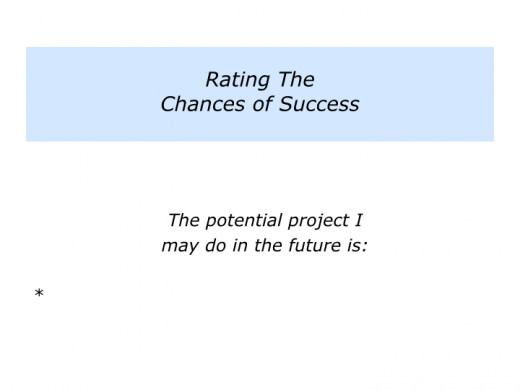
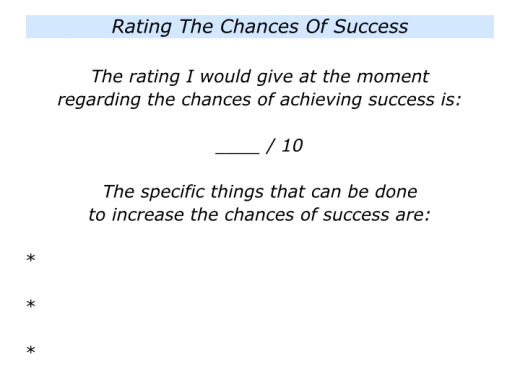
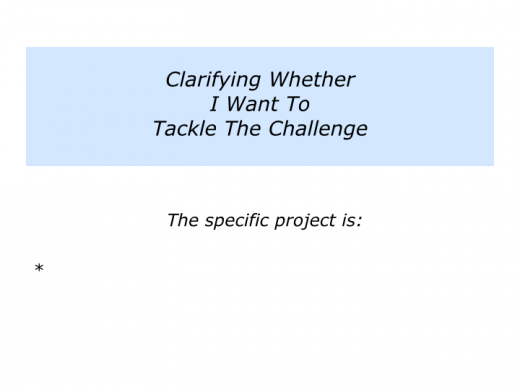
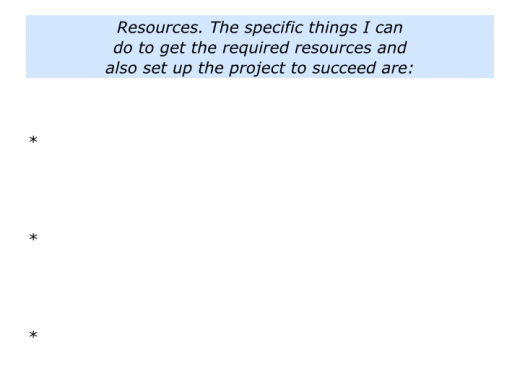
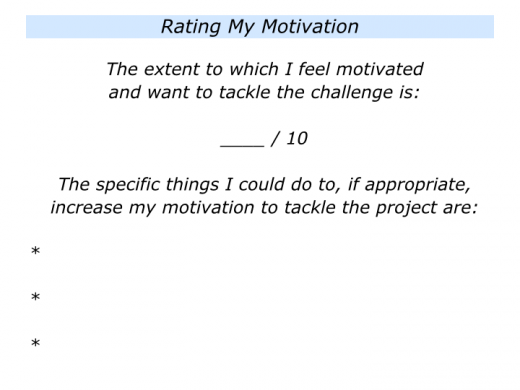
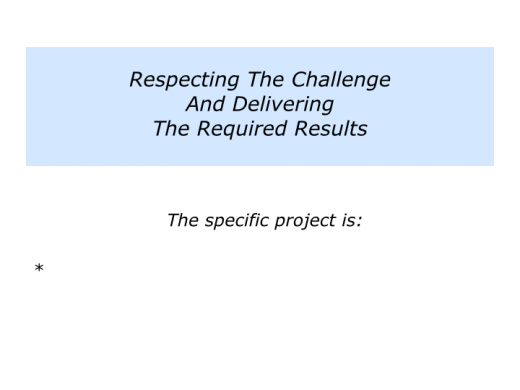
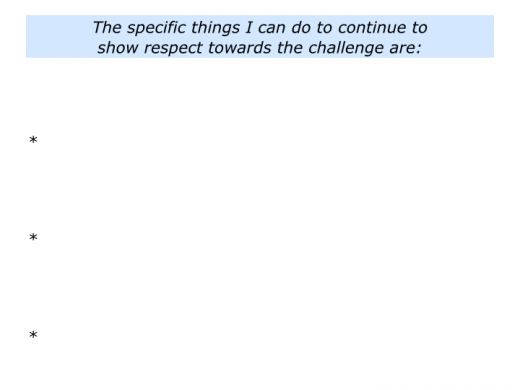
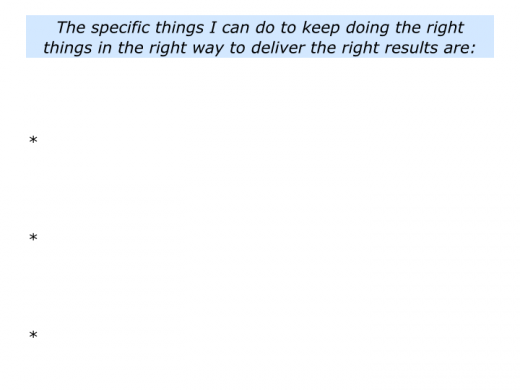
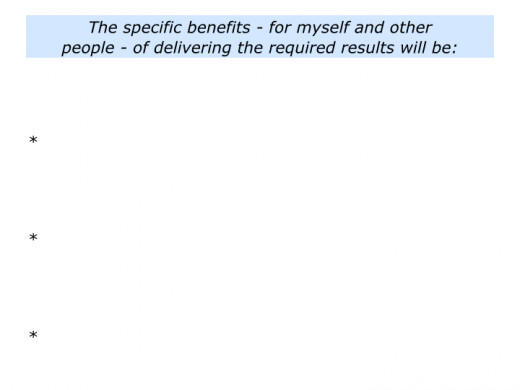




Leave a Reply